Blog
PRP Injections vs. SoftWave Therapy: Which Leads the Way in Tissue Regeneration?
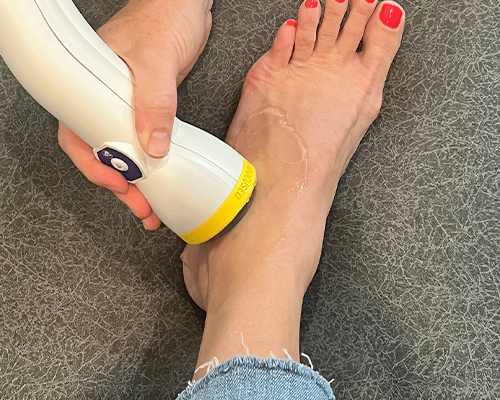
At Cedar Park Chiropractic, we're always exploring the forefront of regenerative medicine to offer our patients the most effective treatments. Two of the most promising therapies in this field are Platelet-Rich Plasma (PRP) injections and SoftWave Tissue Regeneration Therapy. Both have shown remarkable results in promoting healing and tissue regeneration, but they operate on different principles and offer unique advantages. Let's delve into the science behind each treatment and understand their roles in managing conditions like plantar fasciitis.
Understanding PRP (Platelet-Rich Plasma) Injections
PRP is a cutting-edge technique in regenerative medicine that utilizes the body's natural healing abilities. It involves extracting a small sample of the patient's blood, processing it to concentrate the platelets and growth factors, and then re-injecting this concentrated mixture into the injured area. This process is particularly effective for treating damaged tendons, ligaments, or joints. The platelets release growth factors that stimulate tissue repair and regeneration, playing a crucial role in healing.
The Power of SoftWave Therapy
In contrast, SoftWave Therapy is a non-invasive treatment that employs electrohydraulic acoustic waves to stimulate the body's regenerative processes. These waves penetrate deep into tissues, initiating a cascade of healing responses. SoftWave Therapy is known for its ability to reduce pain and inflammation, improve blood flow and circulation, and activate stem cells, which are essential for ongoing tissue repair and regeneration.
Comparing PRP and SoftWave Therapy
- Invasiveness: PRP involves needle injections, which might be uncomfortable for some patients. SoftWave Therapy, however, is completely non-invasive, making it a more comfortable option for many.
- Treatment Duration: PRP typically requires multiple sessions spaced over weeks or months. SoftWave Therapy usually involves 6-8 sessions over a similar timeframe, often providing faster results.
- Cost: PRP can be more expensive due to the laboratory processing of blood samples. SoftWave Therapy, in comparison, offers a more cost-effective alternative.
Synergistic Effects in Treating Plantar Fasciitis
Plantar fasciitis, characterized by inflammation of the tissue along the bottom of the foot, can be effectively treated with both PRP and SoftWave Therapy. PRP injections target the area with concentrated growth factors to reduce inflammation and promote healing. SoftWave Therapy complements this by improving blood flow, reducing inflammation, and activating stem cells for tissue repair. The combination of these therapies can potentially offer enhanced healing benefits.
Research and Results
Studies have shown that both PRP injections and SoftWave Therapy are effective in improving pain and reducing the thickness of the plantar fascia in patients with chronic plantar fasciitis. The integration of these treatments, particularly in conjunction with physical therapy, has been effective in managing plantar fasciitis, even in athletes, facilitating a successful return to activity.
Conclusion
At Cedar Park Chiropractic, we understand the importance of providing advanced, effective treatments to our patients. PRP and SoftWave Therapy each offer unique benefits in the realm of regenerative medicine. Whether used independently or in combination, they represent powerful tools in our arsenal to maximize healing potential and help our patients return to a pain-free, active lifestyle.
To learn more about these innovative treatments and how they can benefit you, visit us today at Cedar Park Chiropractic. Let us guide you on your journey to optimal health and wellness.
‹ Back



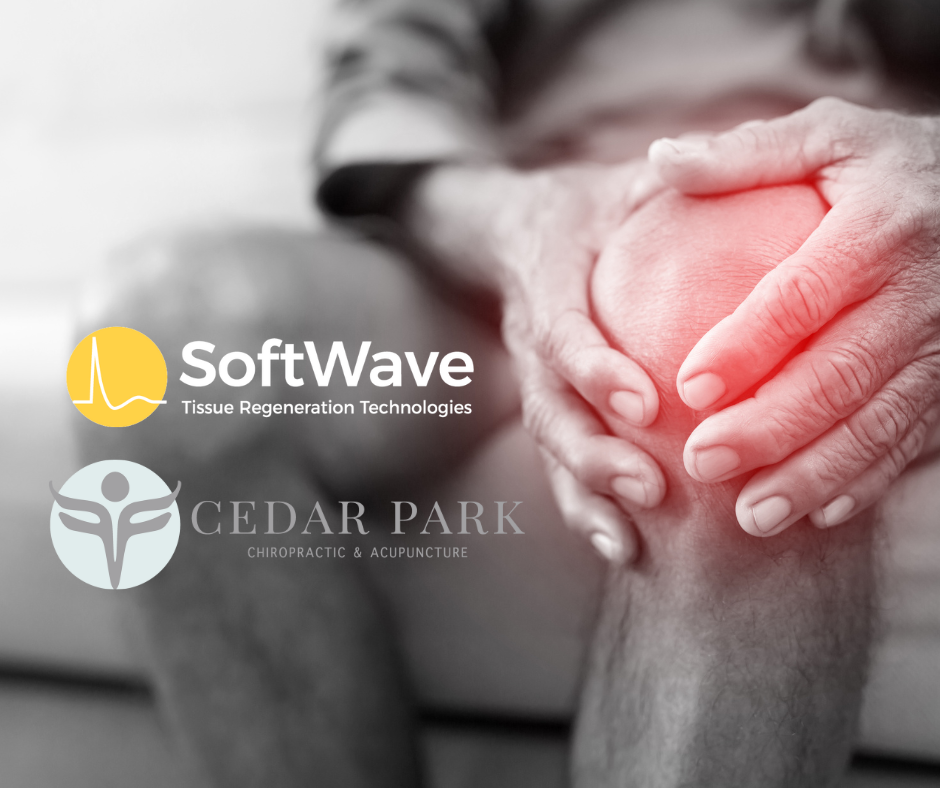
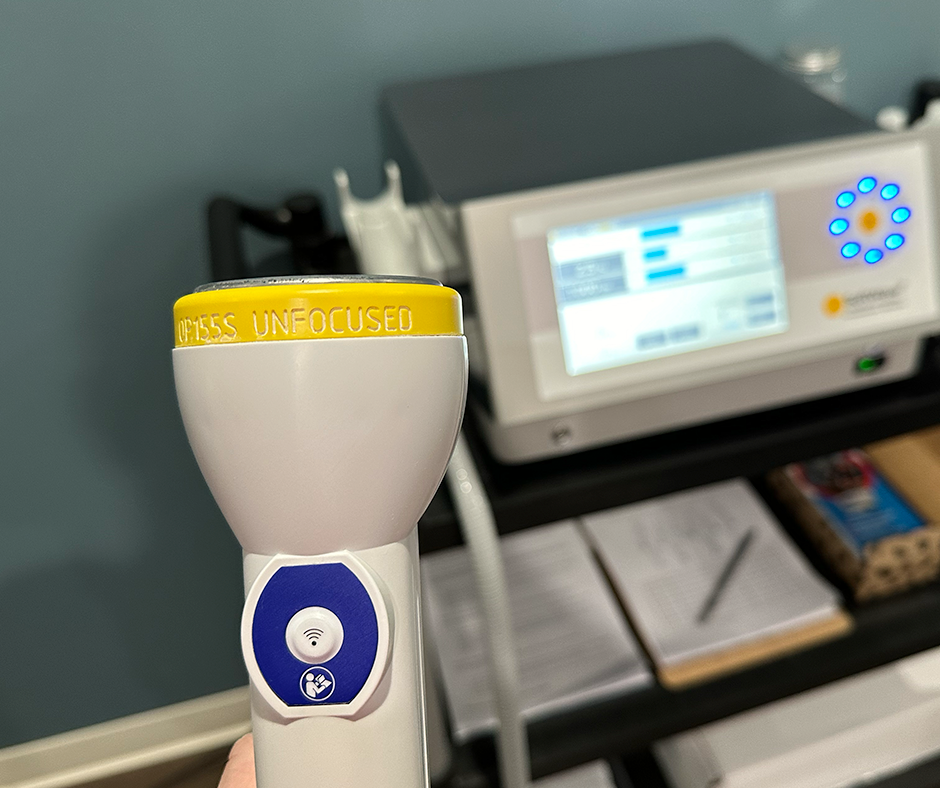
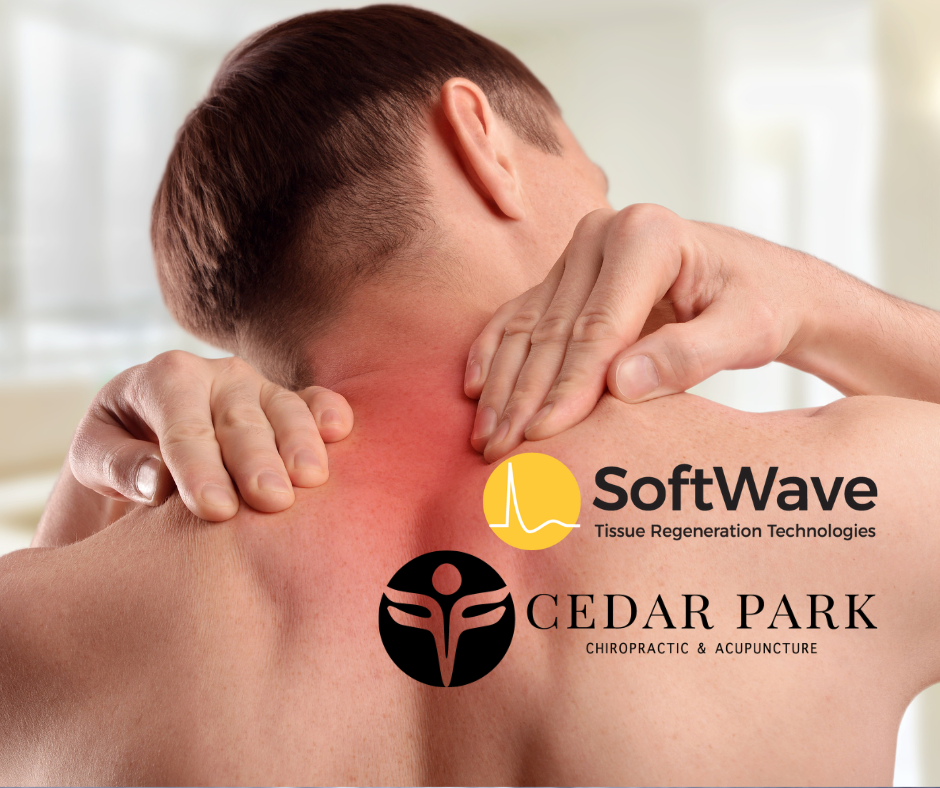
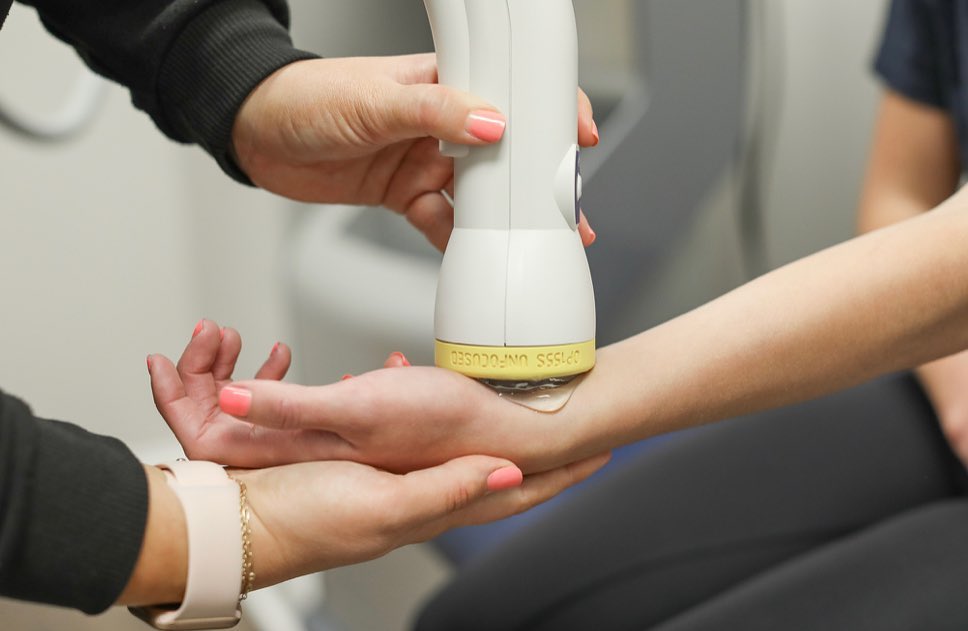
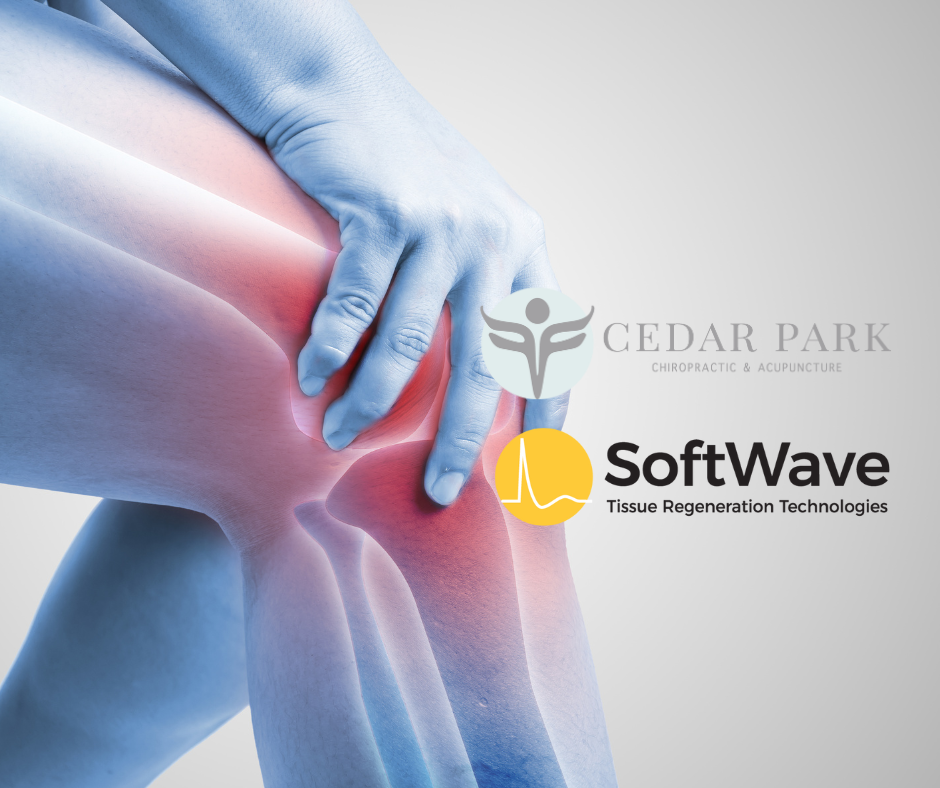

 345 Cypress Creek Rd,
345 Cypress Creek Rd,